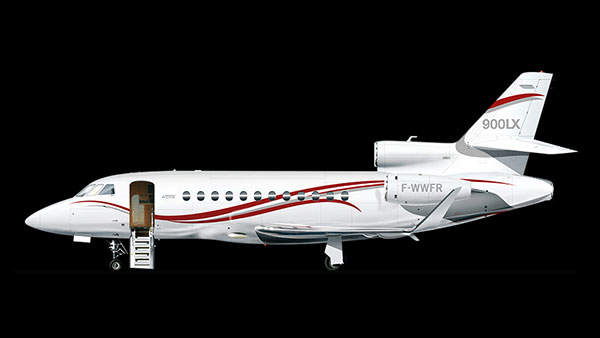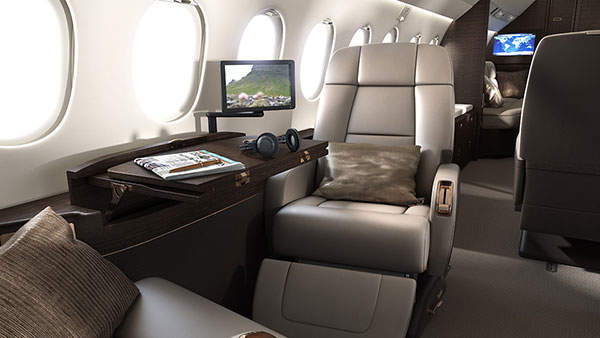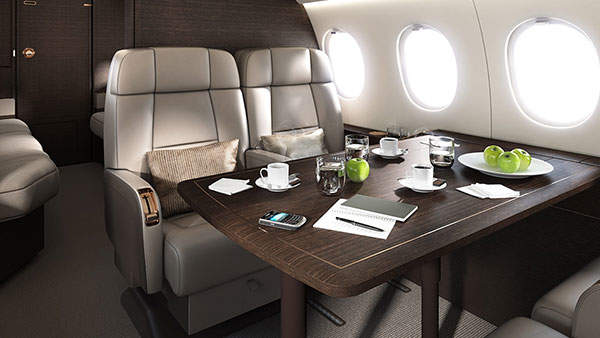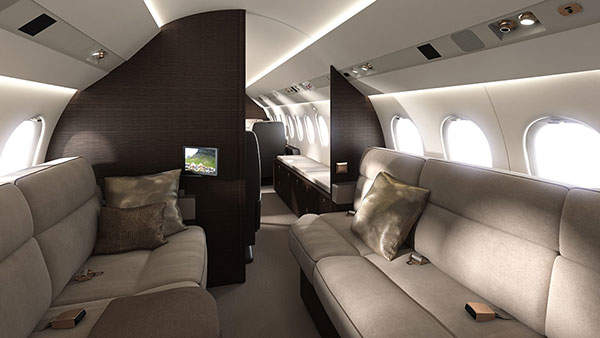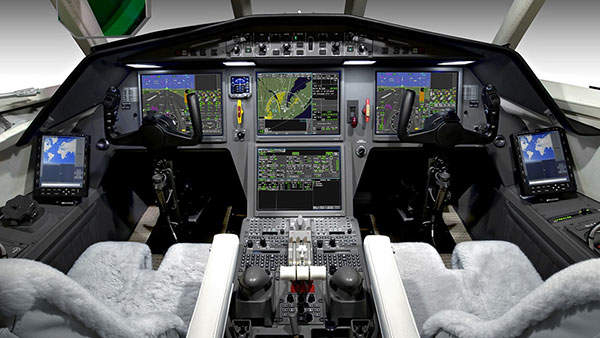
The Falcon 900LX is a replacement for the Falcon 900EX, which was introduced in 1996. It is manufactured by Dassault Aviation, a France-based aircraft manufacturing company.
The aircraft was first announced in May 2008 at the European Business Aviation Convention and Exhibition (EBACE) in Geneva. Flight tests of the aircraft began in October 2009 and were concluded in the second quarter of 2010. It received certifications from both European Aviation Safety Agency (EASA) and Federal Aviation Administration (FAA) by July 2010.
In October 2012, the aircraft entered the final assembly line at Bordeaux-Merignac in France.
In December 2012, Wallan Aviation ordered one Falcon 900LX aircraft. Delivery is expected to be completed by the second quarter of 2013.
Business jet design
The Falcon 900LX retains most of the design features of the 900EX model. The design of aircraft’s new blended high mach winglets were provided by Aviation Partners. The winglets were produced by FACC and were delivered to Dassault in October 2011. The winglets help in reducing the fuel burn up by about 40%.
The aircraft has an improved range compared to the 900EX and can fly 5% farther at 4,750nm. The aircraft derived the design of its vertical fins from the Falcon 7X model. The cabin design of the aircraft was incorporated from the Falcon 2000LX and 7X models.
The Falcon 900LX has a retractable tricycle landing gear. The landing gear is equipped with dual wheels on each unit and is electrically controlled and hydraulically actuated. The aircraft is equipped with two additional fuel tanks. It also has a 28V DC electrical system that incorporates two batteries, three starter-generators and three independent bus bars.
The length, height and wingspan of the aircraft are 20.21m, 7.55m and 21.38m respectively.
Flight deck specification
The aircraft is equipped with the EASy II flight deck, which was approved by FAA and EASA in June 2011. The flight deck accommodates two crew members and features four 14.1in flat-panel LCD screens and a cursor control device.
The Falcon 900LX features a synthetic vision system (SVS), Runway Awareness and Advisory System (RAAS), flight management system and improved display symbology. It also has improved takeoff and go-around capability.
The navigation system of the aircraft includes WAAS and EGNOS LPV. It also features future air navigation system (FENS 1A) and Europe’s new data-compliant controller, pilot data link communication or air traffic network. The aircraft also includes automatic descent mode (ADM), XM graphical weather incorporated with the INAV map and automatic dependent surveillance broadcast (ADS-B) out.
Cabin design and facilities
The aircraft has a spacious cabin with a volume of 35.8m³. The length, width and height of the cabin are 10.11m, 2.34m and 1.88m respectively. The aircraft baggage volume is about 3.60m³.
The cabin has a seating capacity of 12 to 19 passengers. It has three lounges and the seating arrangement includes a double-club four-seat group, a four-seat dining block and a three-place divan block.
The cabin is covered with carpeting fabric, the seats and trim are made of leather and wood veneers and countertops are made from granite, marble and polystone. Two dozen windows provide natural light for the cabin. The cabin is also equipped with a 3D world map, a pair of Blu-ray Disc players, satellite radio, iPod-interface, video-on-demand capabilities and Wi Fi internet access.
900LX engine and performance
Related project
Dassault Falcon 900EX, France
Dassault’s Falcon 900EX long-range business tri-jet completed its first flight in June 1995, and in September 1995 it demonstrated its long-range capability with an 8,705km non-stop flight from Luton in the UK to Las Vegas.
The aircraft is powered by three Honeywell TFE731-60 turbofan engines, each providing 22.24kN of thrust. The engine, originally designed and built by Garrett AiResearch, is controlled by a Digital Electronic Engine Control (DEEC) in normal mode. The engine is also equipped with a hydro mechanical control in backup mode.
The aircraft flies at a maximum cruise speed of 950km/h with a maximum range of 4,750nm. The maximum takeoff weight of the aircraft is 22,225kg and the maximum landing weight 20,185kg. It has a maximum fuel weight of 9,482kg and maximum zero fuel weight of 14,000kg.


